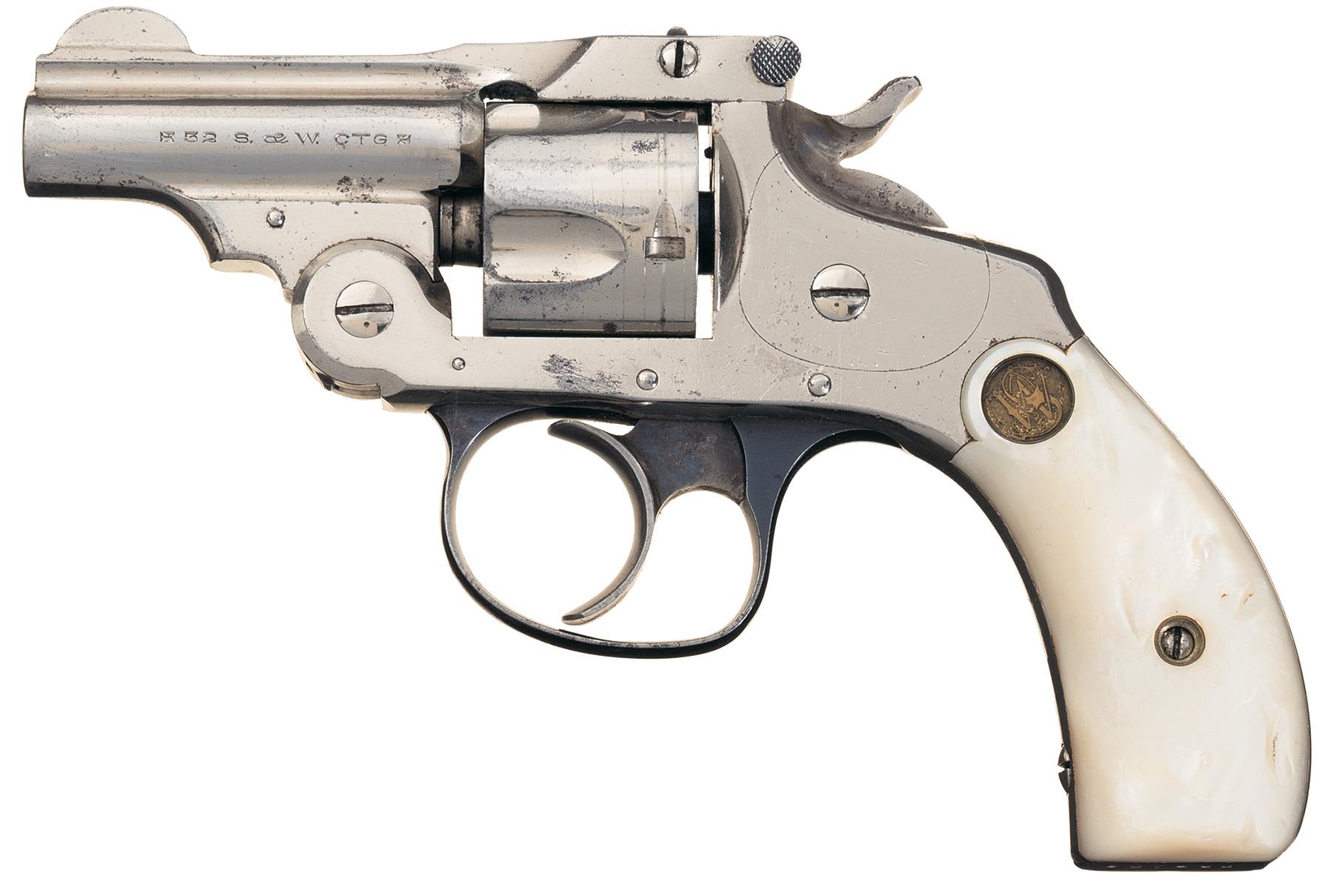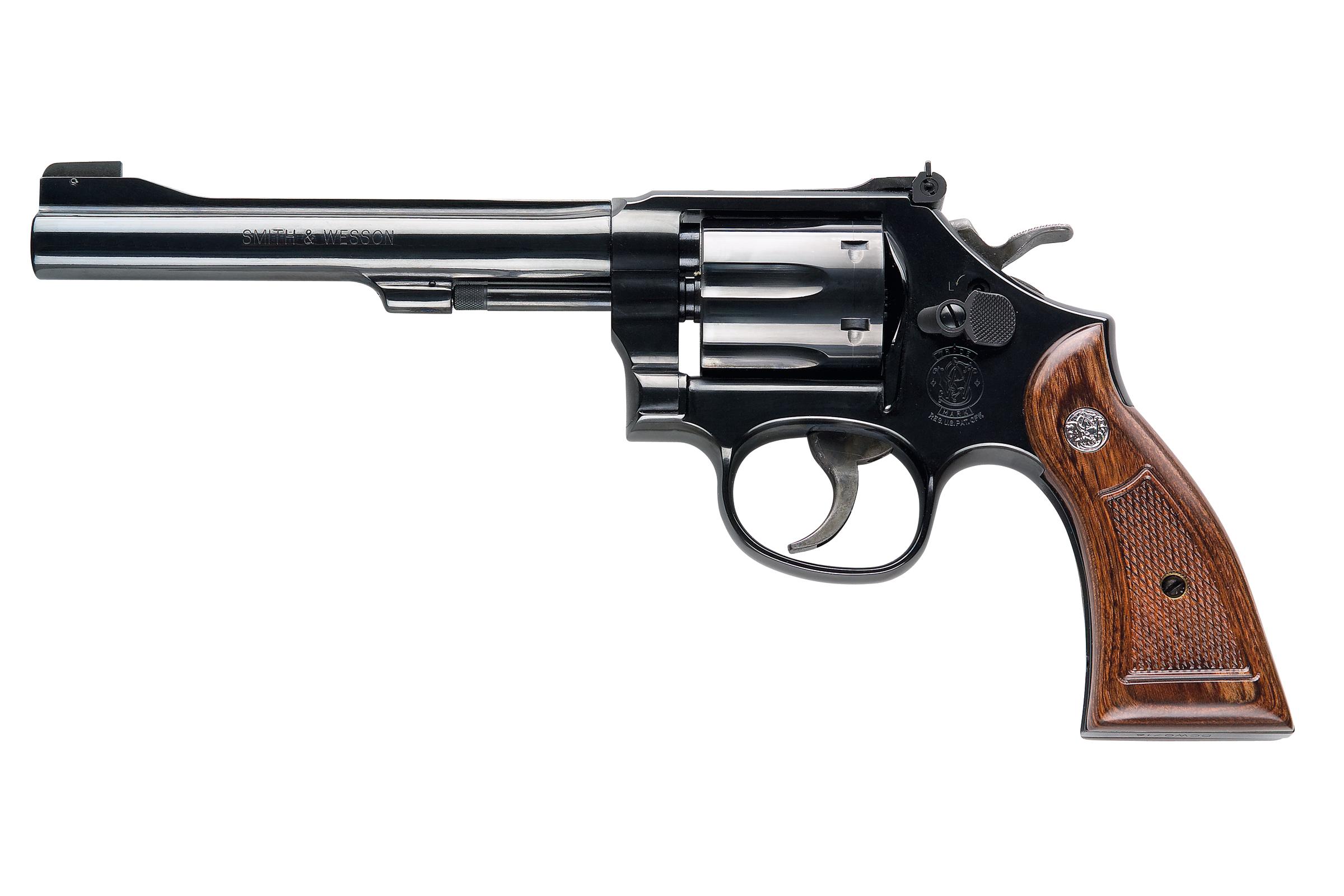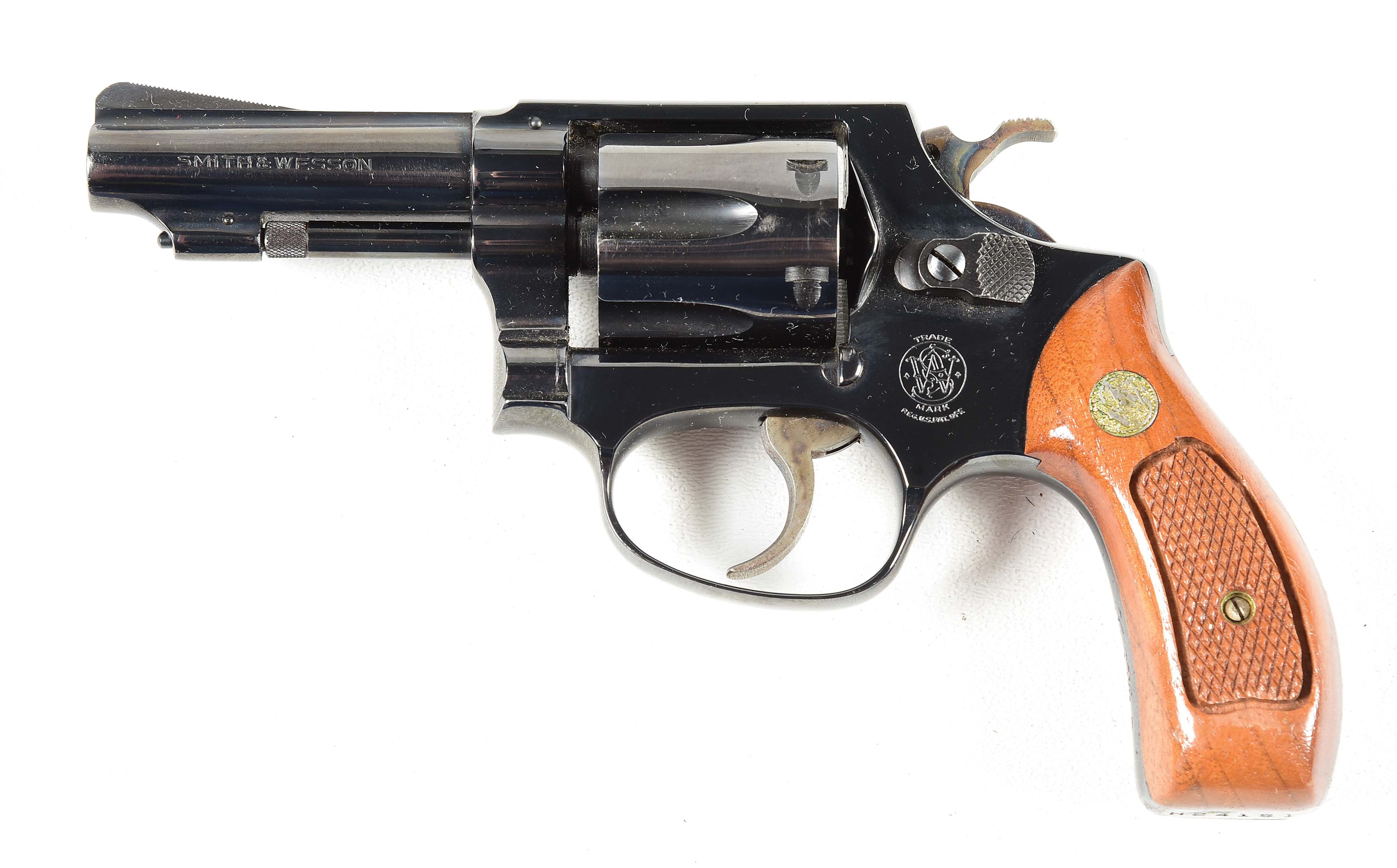

As a result, on the 2nd Model, which followed very quickly,Īnd on all subsequent models, the sideplate was an irregular shape thatĪllowed more material to remain on the left side of the frame. Straight-sided sideplate, the design of which was found to have weakened Those changes form the five distinct Models or Smith & Wesson was constantly perfecting this popular design, andįive separate engineering changes occurred during the. Trigger used specifically for the half-cock and single-action functions. Position, and there was a separate sear in between the hammer and Two years earlier with the Single Action, and both revolvers hadĪs its name would indicate, this revolver was double action, but itĪlso had single-action capability. 32 Smith & Wesson, that the company had introduced 32 Double Action was also chambered for the Size, and also like the SA, the DA offered simultaneous, automaticĬartridge extraction. 32ĭouble Action was built on what was then called the Model 1-1/2 frame 32 Single Action, introduced two years earlier, the.

We'll take one of these revolvers apart and see what makes it tick. 32 Double Action as itĮvolved from the 1st Model (1880) to the 5th Model (1909). The changes that took place in the top-break. Manufactured in a continuous production run between 18.Īs we did last month with the. 32ĭouble Action, was only slightly less popular, with 327,641 revolvers Same time, Smith & Wesson's pocket-sized version, the. Produced testifies to the popularity of the. Introduced in 1880, the fact that over 550,000 were 38 Double Action, which was the forerunner to the "modern" In the last issue, we looked at Smith & Wesson's top-break Hundreds of thousands of both were produced and sold around the turn of the last century.

38 DA, were forerunners to what we know today as the 'modern' S&W revolver.

Hundreds of thousands of both were produced and sold around the turn of the last century." The Free Library. MLA style: "Working the Smith & Wesson.


 0 kommentar(er)
0 kommentar(er)
